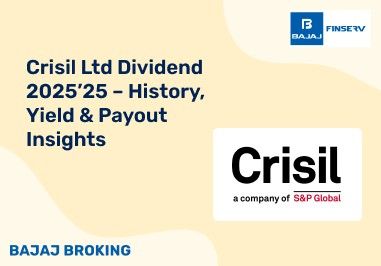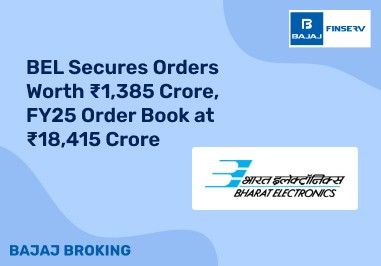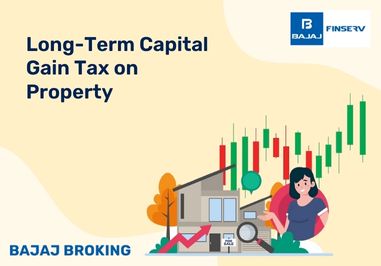Swaps are a type of derivative contract that allow two parties to exchange financial obligations. They are commonly used for hedging risks, managing liabilities, or optimising investment returns.
Swaps can be classified into two main types:
Contingent claims – Includes options.
Forward claims – Covers exchange-traded futures, swaps, and forward contracts.
Among these, swap derivatives play a crucial role as they allow businesses and investors to adjust their exposure to market fluctuations without altering their underlying assets.
What are Swaps Derivatives?
Swap trading involves a contractual arrangement where two parties opt to exchange financial liabilities or cash flows derived from distinct financial instruments. Typically, these swaps are grounded in loans or bonds, referred to as the notional principal amount. However, the underlying assets in swap contracts can encompass a wide array of financial instruments, provided they possess legal and financial value. Importantly, in swap transactions, the principal amount is not physically transferred and remains with the original holder. One cash flow within the swap may be fixed, while the other remains variable and depends on factors such as fluctuating currency exchange rates, benchmark interest rates, or index rates. Often, at the contract’s initiation, at least one of these cash flows is contingent upon an uncertain or stochastic variable, such as foreign exchange rates, interest rates, equity prices, or commodity values.
How does Swap Derivatives Work?
Definition: Swap derivatives are financial contracts where two parties exchange cash flows or financial instruments. These are commonly used for hedging against interest rate or currency fluctuations.
Types of swaps: Interest rate swaps, currency swaps, and commodity swaps are popular types. Each type serves a specific purpose, depending on the financial goals of the parties involved.
Purpose: Swaps are typically used to manage risk, lock in fixed interest rates, or hedge against market uncertainties.
Mechanism: The swap agreement specifies terms like the frequency of payments, duration, and the reference index (e.g., LIBOR for interest rate swaps). These structured terms make swaps derivatives versatile, enabling their use across different sectors, from corporate financing to commodity trading. Understanding what are swaps and the various types of swaps is essential to leveraging their full potential.
Settlement: Payments are exchanged periodically, and only the net difference is paid between the parties based on the swap's terms.
Swap trading occurs when two parties reach an agreement to exchange their cash flows or financial obligations stemming from different financial instruments. Among the various types of swaps, interest rate swaps are the most common. These swaps are not standardised and are not publicly traded on stock exchanges, making them less accessible to retail investors. Instead, swaps are over-the-counter contracts negotiated and customised to suit the specific requirements of the parties involved. The swap derivatives market is primarily the domain of financial institutions and businesses, with very limited participation from individual investors. Because of their over-the-counter nature, swap contracts carry a degree of risk due to counterparty risk, where one party may default on their payment obligations.
Also Read: What Is Intrinsic Value?
Types of Swaps
Exotic swap agreements come in numerous forms, but several common swap contracts include:
1. Interest Rate Swaps
In an interest rate swap, one party exchanges fixed interest rate cash flows with another party’s floating interest rate cash flows. For instance, Argentina and China employed interest rate swaps to stabilise foreign reserves. Similarly, during the 2010 European financial crisis, the U.S. Federal Reserve engaged in currency swaps with European central banks to bolster the falling euro caused by the Greek debt crisis.
2. Currency Swaps
In currency swaps, both parties exchange principal and interest payments on debt denominated in different currencies. Unlike interest rate swaps, principal is often notional but is physically exchanged along with interest obligations. Currency swaps can occur between different countries.
3. Total Returns Swaps
These swaps involve exchanging the total return from a specific asset for a fixed interest rate. The party paying the fixed rate assumes exposure to the underlying asset, which can be a stock or an index. For instance, an investor might pay a fixed rate in exchange for exposure to stocks, benefiting from capital appreciation and earning dividends.
4. Commodity Swaps
Commodity swaps facilitate the exchange of cash flows tied to commodity prices. As commodity prices fluctuate, one party exchanges the floating rate for a fixed rate. For example, a producer can swap the spot price of Brent Crude oil for a predetermined price over an agreed period, helping to lock in prices and hedge against future fluctuations.
5. Debt-Equity Swaps
Debt-equity swaps involve swapping equity for debt or vice versa, a financial restructuring process. Companies may exchange bonds for stocks, altering their capital structure and refinancing debt.
6. Credit Default Swaps (CDS)
CDS are insurance agreements where one party provides insurance to another party if a third party defaults on a loan. The insurer pays the principal amount and interest to the CDS buyer if the borrower defaults on their loan.
Benefits and Risks associated with Swaps Derivatives
Benefits:
Hedging against risk: In modern financial markets, swaps derivatives are essential tools for hedging against various financial risks. Swaps derivatives allow businesses and investors to manage and reduce their exposure to risks, such as fluctuations in interest rates, currencies, or commodity prices. Understanding what are swaps and the different types of swaps available is crucial for effective risk management.
Customization: Swaps can be tailored to fit the specific needs of the parties involved, allowing for flexibility in terms of payment schedules, interest rates, or exchange terms. Through this customization, swaps derivatives provide businesses the flexibility to address their unique financial challenges and achieve targeted outcomes. Understanding what are swaps and the various types of swaps is key to leveraging this flexibility effectively.
Access to better rates: By using interest rate swaps, parties can often secure better rates than they would through traditional financing options, helping lower borrowing costs. Many financial institutions rely on swaps derivatives to optimize their investment portfolios, balancing risk with the potential for increased returns. Understanding what are swaps and the different types of swaps is essential for making informed financial decisions.
Leverage: Swaps derivatives provide an opportunity to gain exposure to large positions with relatively low upfront costs, increasing potential returns for investors.
Risks:
Counterparty risk: If one party defaults, the other may face significant losses, as swaps are not always cleared through a centralized exchange.
Liquidity risk: Certain types of swaps may not have a highly liquid market, making it difficult for investors to exit positions quickly.
Market risk: External factors like changes in interest rates, commodity prices, or exchange rates can impact the value of swaps, potentially leading to losses. Despite these risks, swaps derivatives remain popular because they offer solutions that are not easily achievable through traditional financial instruments. Knowing what are swaps and the different types of swaps helps parties navigate these risks effectively.
Complexity: Swaps derivatives are complex financial instruments, and improper understanding or mismanagement can lead to financial losses for inexperienced traders or businesses.
In Summary
In the financial realm, a swap is a derivative contract enabling one party to exchange the value of an asset or cash flows with another. For instance, a company with variable interest rate payments may swap these payments with another company, which in turn pays a fixed rate to the former. Swaps can also be employed to exchange various forms of risk or value, including the potential for credit defaults in bonds.













